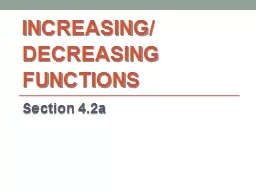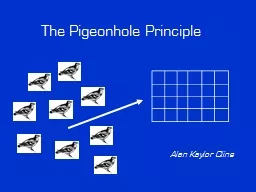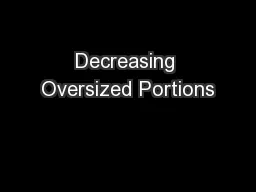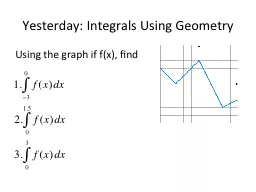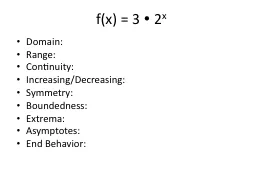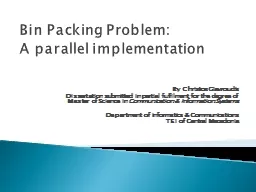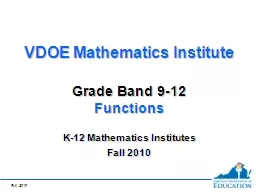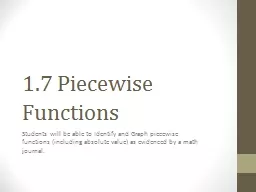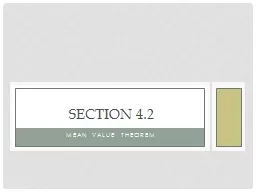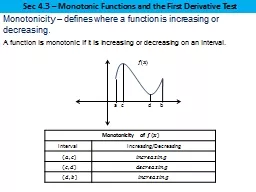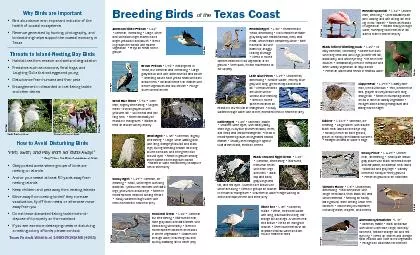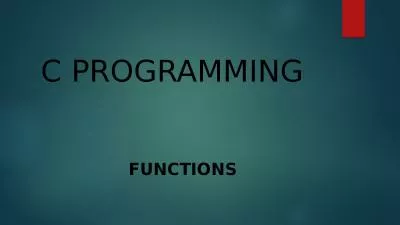PPT-Increasing/ Decreasing Functions
Author : debby-jeon | Published Date : 2016-10-08
Section 42a Definition IncreasingDecreasing Functions A function that is always increasing or decreasing on a particular interval is monotonic on that interval
Presentation Embed Code
Download Presentation
Download Presentation The PPT/PDF document "Increasing/ Decreasing Functions" is the property of its rightful owner. Permission is granted to download and print the materials on this website for personal, non-commercial use only, and to display it on your personal computer provided you do not modify the materials and that you retain all copyright notices contained in the materials. By downloading content from our website, you accept the terms of this agreement.
Increasing/ Decreasing Functions: Transcript
Download Rules Of Document
"Increasing/ Decreasing Functions"The content belongs to its owner. You may download and print it for personal use, without modification, and keep all copyright notices. By downloading, you agree to these terms.
Related Documents

